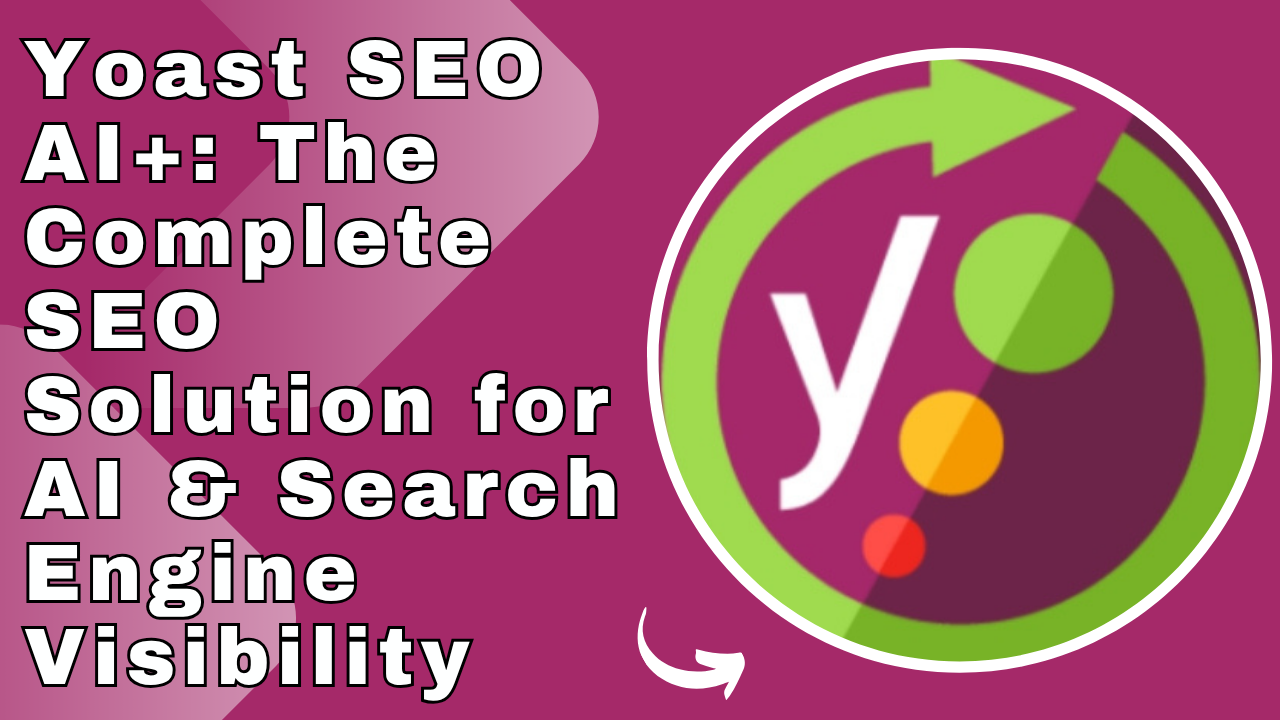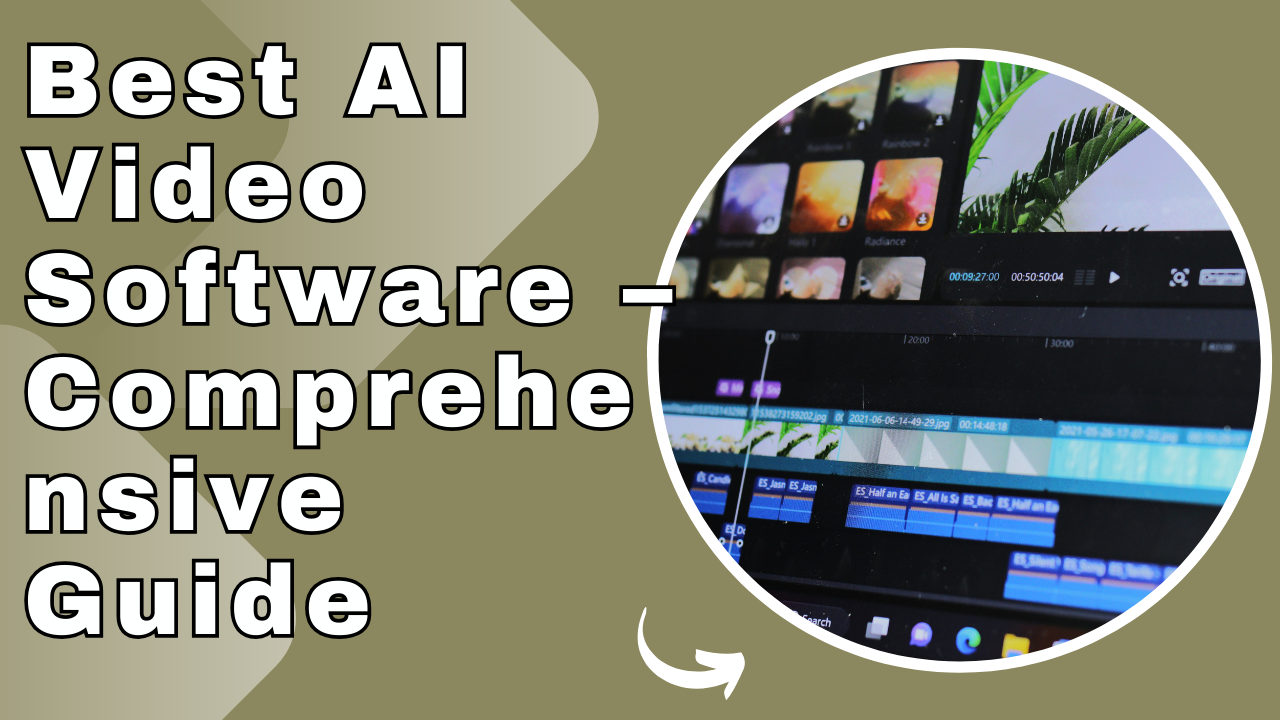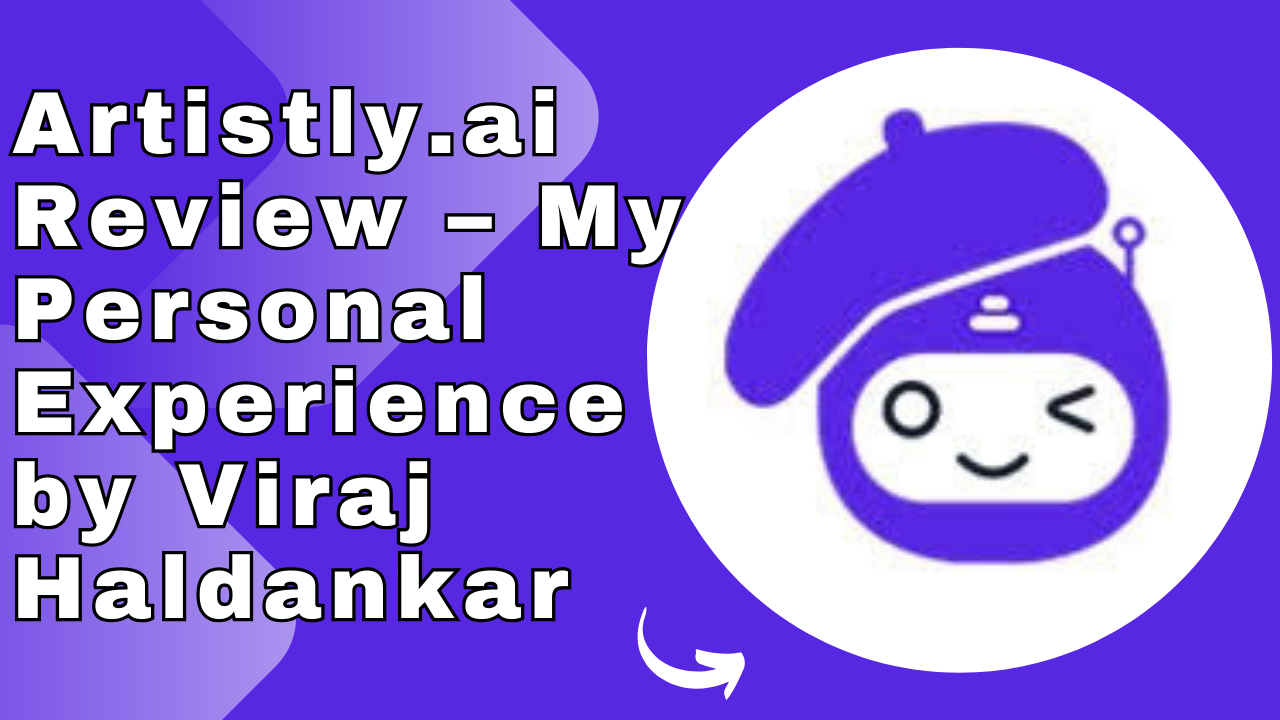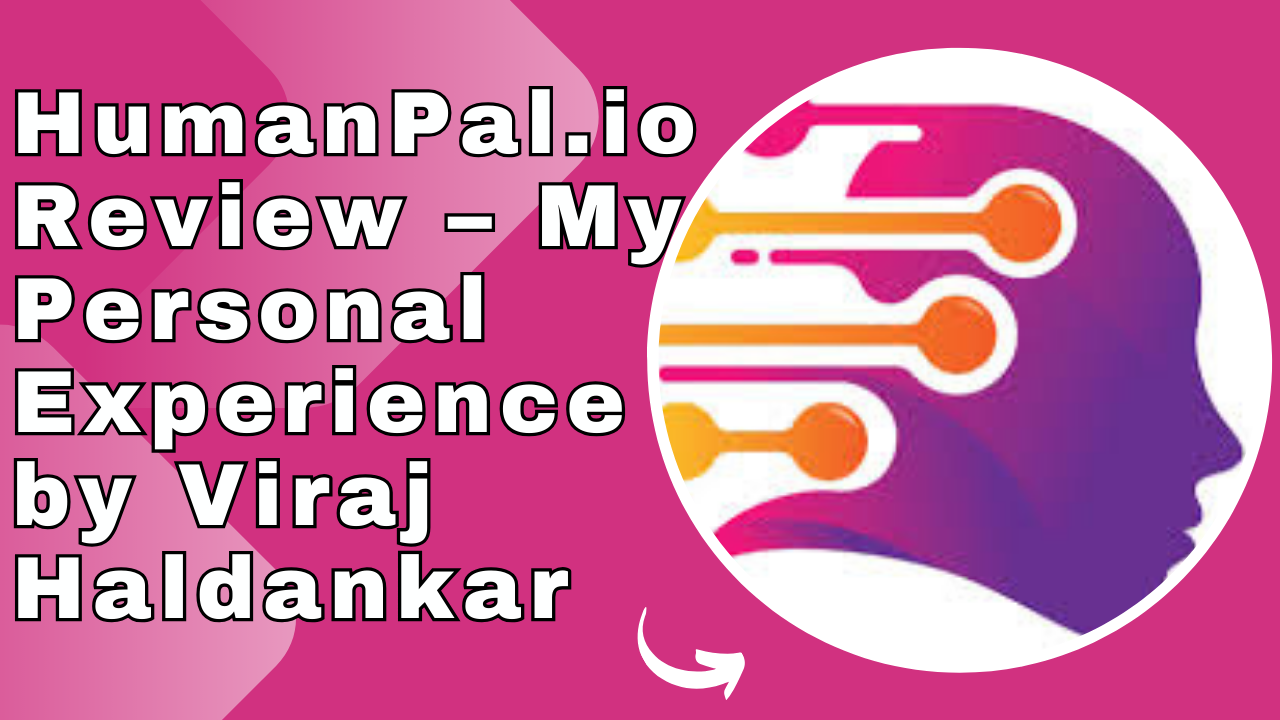Google Discover has become an essential part of how users engage with content—offering personalized recommendations before they even search. But it’s evolving. With new updates like AI-generated summaries, preview redesigns, and experimental audio formats, Discover is shifting how publishers reach audiences. This article breaks down the latest changes and what they mean for both creators and readers.
AI Summaries Arrive in Google Discover
Google is now rolling out AI-generated summaries in Discover, similar to the summaries already used in Search. These appear in the Discover feed for users in the U.S. on both Android and iOS.
Users now see a brief, synthesized summary created by AI—available in place of traditional headlines and logos—often including icons of cited sources. A disclaimer warns that the summary is AI-generated and may contain inaccuracies. This feature currently focuses on trending lifestyle topics like sports and entertainment.
Preview Texts Under Headlines
Another new development: Google Discover now displays article preview text beneath images and above headlines. These snippets are usually the first paragraph of the article and are truncated with an ellipsis if they’re too long. The change is rolling out on both Android and iOS.
Bullet Point Summaries Enhanced by News Showcase
Some Discover cards now also include bullet point summaries of articles—likely powered by News Showcase when enabled for a publisher. These previews tease content and potentially encourage readers to click through.
Decline in Search, Growth in Discover Traffic
A recent analysis reveals that from January to April 2025, Google Search traffic declined by 9%, while Discover traffic increased by around 6%. This highlights Discover’s growing role in delivering referral traffic.
Podcast-Style “Daily Listen” Experiments
Google is also testing a feature called Daily Listen, which turns a user’s recent Discover and Search history into a short podcast. The five-minute audio summary includes a transcript and playback controls. While currently in testing, it shows Google’s early push into voice and audio content formats.
Implications for Publishers
A. Reduced Click-Through Risk
With AI summaries and previews delivering content directly in Discover, there’s growing concern among publishers about declining click-throughs. If users get their information without visiting the site, ad and engagement revenue may drop.
B. Incentivized Formatting via News Showcase
Google’s News Showcase helps publishers display bullet-point summaries but requires participation. This puts pressure on publishers to adapt editorial workflows to benefit from enhanced visibility.
C. Opportunity in Audio Content
Daily Listen points to new ways publishers might surface storytelling—via audio narration of curated content. Creating short, high-quality audio summaries could offer fresh promotional channels.
D. Content Strategy Must Evolve
Publishers need to optimize around AI summaries and previews by crafting strong opening paragraphs, improving readability on mobile, and utilizing structured formats like numbered lists and clear headings.
What Users Can Expect
- Efficient summary-style delivery for quick insights.
- Enhanced readability via preview text.
- Increasingly multimedia-rich Discover experiences—incorporating audio and AI-generated content.
- A shift toward personalized, digestible takes instead of click-heavy navigation.
Conclusion
Google Discover is evolving quickly—from headline feeds to AI-powered summaries and audio digests. For users, it’s a faster, more intuitive way to get content. For publishers, it’s a moment to rethink content strategies—to optimize for in-feed visibility, richer previews, and even audio storytelling.
Success now depends on adapting content formats to this Discover-first landscape.








